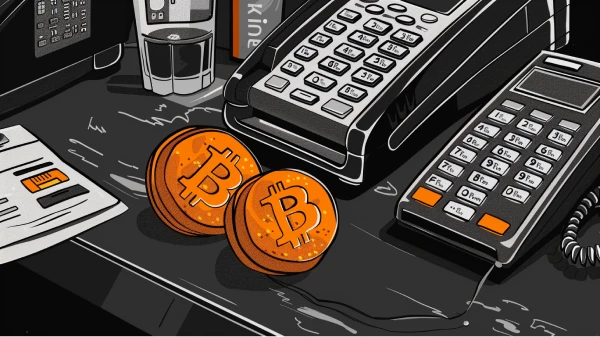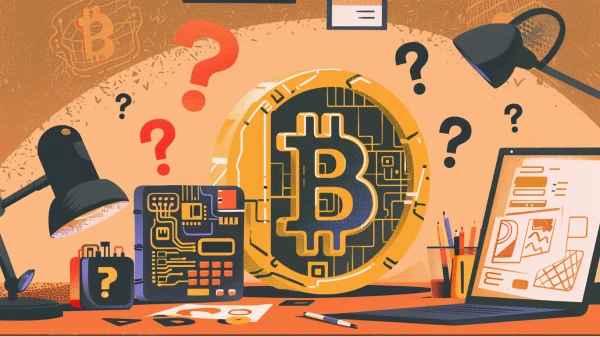The Double Spend Problem describes the difficulty of ensuring digital money is not easily duplicated. Solving this problem is a requirement to make cryptocurrency work in a trust-minimized way.
All other digital objects such as files and text are easy to duplicate. With the click of a button or a few keys, any number of files can be copied from one location to another. This makes digital devices very simple and useful for the average user.
However, costless duplication is not a desirable trait in money. A monetary system that permits unrestricted duplication of money would undermine its value and stability.
This is the Double Spend Problem: how can a receiver of digital money be sure that the money they were sent was not simultaneously sent to someone else? How can all members of a monetary network be sure others are not duplicating their money at will? Without solving this problem, cryptocurrency can not function.
Solving the double spending problem was one of the problems that Satoshi Nakamoto had to overcome to launch Bitcoin.
Physical money
When money is physical, the Double Spend Problem is of no concern. The same physical bill or coin cannot be in two places at once. The Double Spend Problem only occurs in digital systems, where the same file or data can be present in two places at once. With this in mind, the Double Spend Problem was not always an issue. Rather, it was “unsolved” by the digitization of money.
Solutions to the Double Spend Problem
Two types of solutions to the Double Spend Problem have arisen to maintain trust in digital money.
The first relies on trusted central authorities to prevent double-spending and other types of fraud. The second rejects central authorities and allows any individual to check all transactions for double spends.
Trusted Third Parties
In order to prevent fraudulent transactions such as double spends, certain institutions are entrusted to verify all transactions privately. These institutions include payment processors, banks, Automated Clearing Houses, and ultimately central banks. Each institution maintains its own private ledger and applies its own rules to verifying the transactions.
Banks and payment processors are accountable to the local central bank and government. For this reason, they are usually honest. However, the costs imposed by this system are many. Most financial institutions charge fees and impose limits on the size, type, and number of transactions a client can execute. Additionally, transactions can take anywhere from 30-90 days to settle depending on the transaction type.
A Distributed Ledger
Bitcoin solves the double spend problem by using a decentralized ledger, which all users can access. Because all members of the Bitcoin network can examine the full history of transactions, they can be sure that neither their coins nor any other coins have been double spent.
When one user sends bitcoin to another, they destroy the coin they own and create a new coin owned by the receiver. The destruction of the sender’s coin is recorded for all to see, so that they can never send it to someone else.
Bitcoin is an open system, meaning that anyone can start using the network without paying entry or maintenance fees. Likewise, there are no restrictions on the number or amount of transactions, as long as transaction fees are paid by the user. Additionally, thanks to the immutability of the blockchain, Bitcoin transactions can achieve final settlement in as little as one hour.
➤ Learn more about how Bitcoin solves the Double Spend Problem.
Key Takeaways
- The Double Spend Problem describes the difficulty of ensuring digital money is not easily duplicated.
- Trusted third parties such as banks prevent double spends by privately verifying each transaction.
- The Bitcoin Network prevents double spends by allowing every member to verify every transaction.


